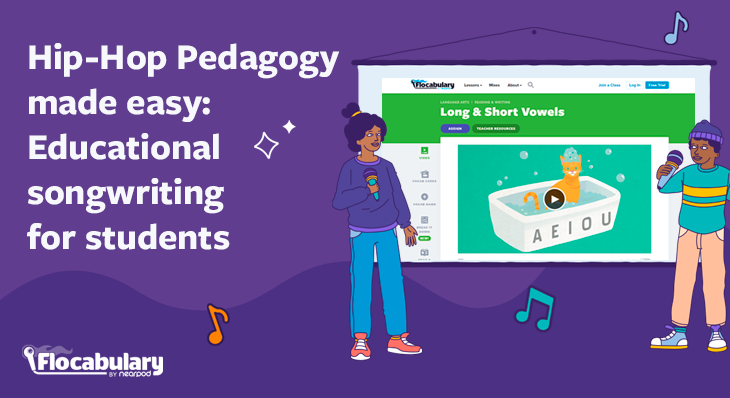
Hip-Hop Pedagogy Education: Academic songwriting for students
What is Hip-Hop Pedagogy, and why is it important?
Hip-Hop Pedagogy is a way of authentically and practically incorporating the creative elements of hip-hop into teaching, and inviting students to have a connection with the content while meeting them on their cultural turf by teaching to, and through, their realities and experiences.
If you’re an educator looking for unique and impactful ways to connect with your students, “Hip-Hop Pedagogy” is a phrase you want to get to know. Bringing and creating music into the classroom is certainly nothing new (we can’t be the only ones who remember the Schoolhouse Rock classic, “I’m Just a Bill”!). However, understanding and effectively practicing Hip-Hop Pedagogy is not as simple as putting a playlist on shuffle. Emdin (2015) describes it as a way of authentically and practically incorporating the creative elements of hip-hop into teaching, and inviting students to have a connection with the content while meeting them on their cultural turf by teaching to, and through, their realities and experiences.
Many students’ cultural knowledge and norms often do not align with the traditional school curriculum. This misalignment can create a disconnect between students’ lived experiences, identities, and the content they encounter in the classroom. Research shows that when students feel disconnected from learning, their engagement and participation plummet, which ultimately leads to decreased academic achievement. Embedding Hip-Hop Pedagogy into your teaching practice is one way of acknowledging and valuing the diverse cultural identities of students–a key building block to forming authentic connections.
New to Flocabulary? Sign up below to access the activities and lessons in this article!
How hip-hop can play an impactful role in the classroom
Remember those creative elements of hip-hop we mentioned? Let’s look closer at what they are and, more specifically, how they align with instructional best practices.
1. Be the best MC for your students
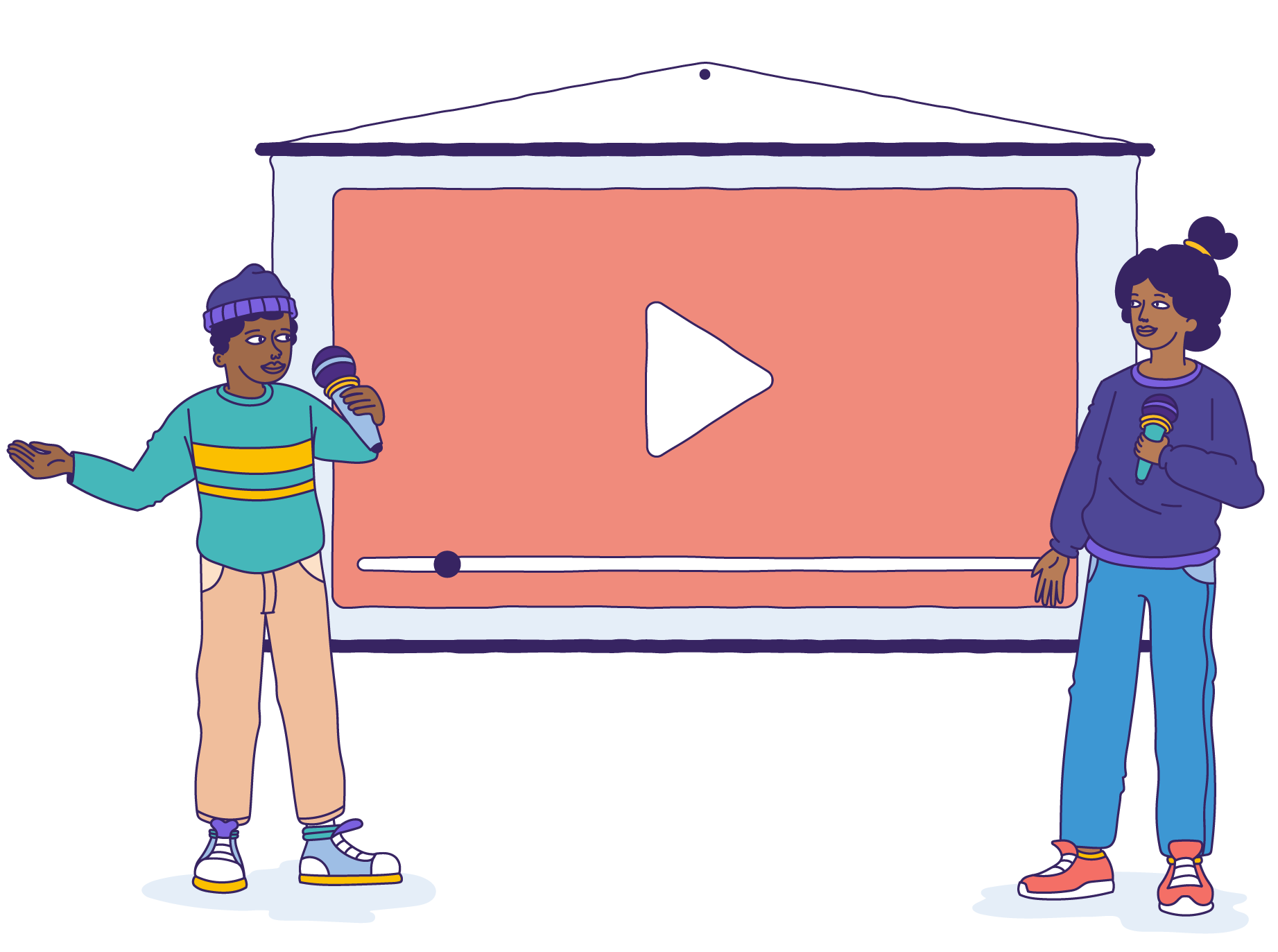
Think of the worst party you’ve ever been to. Now, think of a few words you could use to describe it: Boring? Monotonous? Dull? Do you know what was missing? A great MC! MC is short for “master of ceremonies,” a term originally used to describe rappers responsible for much more than just spittin’ their rhymes. A seasoned MC knows how to keep the audience engaged, controls the pace of the show, and ensures that the party stays on track. Sound familiar? If you’ve mastered acting as the guide on the side, you know that you are working to keep students engaged, controlling the pace of the lesson, and ensuring that learning objectives are being met.
Just like an MC commands attention and sets the tone for a memorable event, a skillful educator captures their students’ interest from the get-go, sparking curiosity and enthusiasm for learning. Teachers MC without even realizing it! This is the case whether you’re having classroom presentations where you’re introducing students, providing background information, and facilitating questions OR putting on a poetry slam where you have control of the mic, keep the crowd engaged, and set the tone for the next act! Both roles require an innate ability to read the crowd–or, in a teacher’s case, the students–to tailor the experience to their unique needs and interests.
The art of MCing involves skillful improvisation, adapting to the energy of the audience, and responding to their reactions in real time. Similarly, teachers are masters of adapting their lesson plans on the spot, recognizing when a concept needs further explanation or when it’s time to introduce a fun activity to keep the momentum going. Hip-Hop Pedagogy adds another layer of synergy to this comparison. By incorporating elements of hip-hop into the classroom, educators can “move the classroom” in the same way that MCs “move the crowd.” Hip-hop’s vibrant culture and engaging elements resonate with students, creating an inclusive and dynamic learning environment.
2. Bring art and graffiti into the classroom
Graffiti has gotten a bad rap over the years. Widely considered vandalism, this foundational element of hip-hop has a negative connotation and usually has no place in academia … right? Eh, we’re not so sure. Just as graffiti artists claim public spaces as their canvas, students seek to explore their creativity within the walls of our classrooms. By acknowledging this innate need for self-expression, we open the doors to a world of learning possibilities. Integrating creative expression into our instructional best practices allows us to tap into students’ unique perspectives, fuel their passion, and unlock their potential. But here’s the real magic: graffiti and classroom art defy limitations. They break the chains of conformity and allow students to express themselves without fear. By providing a safe space for their artistic and musical ideas to flow freely, you empower them to be courageous, to take risks, and to think outside the box. Part of being a culturally responsive practitioner is stepping outside the preset learning expectations. Rocko and Reading? Basquiat and Biology? Yes, please!
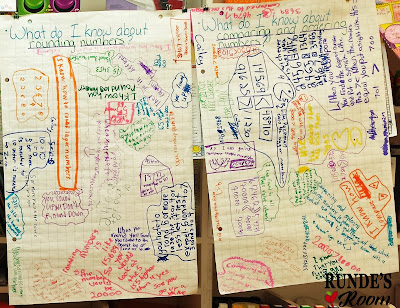
3. Become a DJ of lessons through technology
Say, “Go DJ ’cause that’s my DJ!” A braggadocious shout out to Mannie Fresh, this Lil Wayne Billboard topper hit the streets in 2004 and still makes fans turn the volume up. Disc jockeys, or “DJs,” have always been critical to hip-hop music’s success. From the pioneers spinning vinyl records to today’s digital maestros, DJs have been crafting immersive experiences through the artful manipulation of technology. In the same way, DJs curate a seamless blend of beats, samples, and melodies to create an unforgettable experience. We, as educators, have the power to harness technology to craft engaging and immersive learning environments. By integrating technology into our instructional best practices, we can captivate our students’ attention, ignite their curiosity, and transport them to new realms of knowledge.
DJing is all about leveraging technology to enhance the listener’s experience. Similarly, technology integration in our classrooms can amplify learning opportunities, providing students with interactive tools, multimedia resources, and digital platforms to explore, create, and collaborate. It becomes a conduit for immersive and personalized learning, tapping into the diverse ways our students absorb and process information. As DJs seamlessly transition from one track to another, utilizing technology to mix and blend sounds, we can seamlessly weave technology into our lessons. Leveraging educational technology platforms (especially engaging, interactive ones like Nearpod and Flocabulary), educators can create a dynamic learning landscape that appeals to the digital native generation.
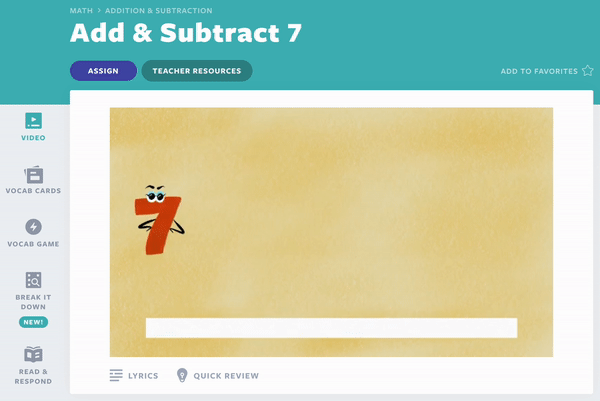
4. Get ready to dance
Grab your boombox, lace up your sneakers, and get ready to MOVE! B-boying (more commonly known as breakdancing) emerged as a form of self-expression and competition within the vibrant communities of the Bronx and Brooklyn. Young dancers, known as b-boys and b-girls, would gather at block parties, schoolyards, and other public spaces to showcase their incredible moves and battle against each other in electrifying dance battles. As the dance form gained popularity, it quickly spread beyond the streets of New York City, captivating audiences worldwide. Just as b-boys use their bodies to communicate, engage, and tell stories, integrating movement into our instructional practices can enhance student engagement, reinforce learning, and foster a positive classroom environment. Dancers often work together in groups, sharing ideas and building routines collectively. Likewise, when students are given the opportunity to move inside the classroom, critical social emotional learning (SEL) skills like cooperation, teamwork, and positive peer relationships are formed. By engaging in collaborative physical activities, students learn to communicate effectively, respect each other’s perspectives, and develop a sense of community.
There are plenty of opportunities to get your students up and moving! If you put on a Flocabulary video and crank up the volume, it’s sure to get students out of their seats. Nearpod has also incorporated Brain Breaks into the Interactive Media menu so that you simply choose the one that’s right for your scholars and get moving!
Research shows that incorporating movement into the classroom brings a myriad of benefits that go beyond just getting students up and active. Things such as enhanced engagement, social and emotional growth, and cognitive development top the list. Movement adds a dynamic element to lessons, capturing students’ attention and actively involving them in learning. When students physically engage with the material through activities like group work, simulations, or hands-on tasks, they become more invested in their own learning, leading to increased focus and motivation. It is a powerful tool to reinforce concepts and deepen understanding. When students use their bodies to represent ideas, act out scenarios, or solve problems kinesthetically, they create tangible connections between abstract concepts and real-world experiences. This embodiment of learning helps anchor knowledge in their minds and makes it more memorable.
5. Encourage self-reflection through art
Although the minds of school-age children and adolescents are often mysterious, even to those of us who spend years studying them, there are a few things we’ve been able to figure out. We meet students during a stage in their life where they are developmentally at their most egocentric. They are trying to figure out the balance between getting their needs met and how to exist with others. At the center of it all is that swirling question, “Who am I?” Incorporating the fundamental hip-hop element of “knowledge of self” into your classroom is a great way to help your scholars find some valuable answers. The knowledge of self element revolves around self-reflection and introspection, encouraging students to explore their identities and embrace their individuality. Through various creative activities, such as freestyle writing, graffiti art, and hip-hop dance, students can express their thoughts, emotions, and experiences in a safe and supportive environment. By leveraging linguistic intelligence, students improve their language and communication skills as they craft expressive verses and write lyrics. The spatial intelligence aspect comes into play with the creation of murals, where students visually depict their personal narratives, which promotes artistic expression and understanding of visual elements.
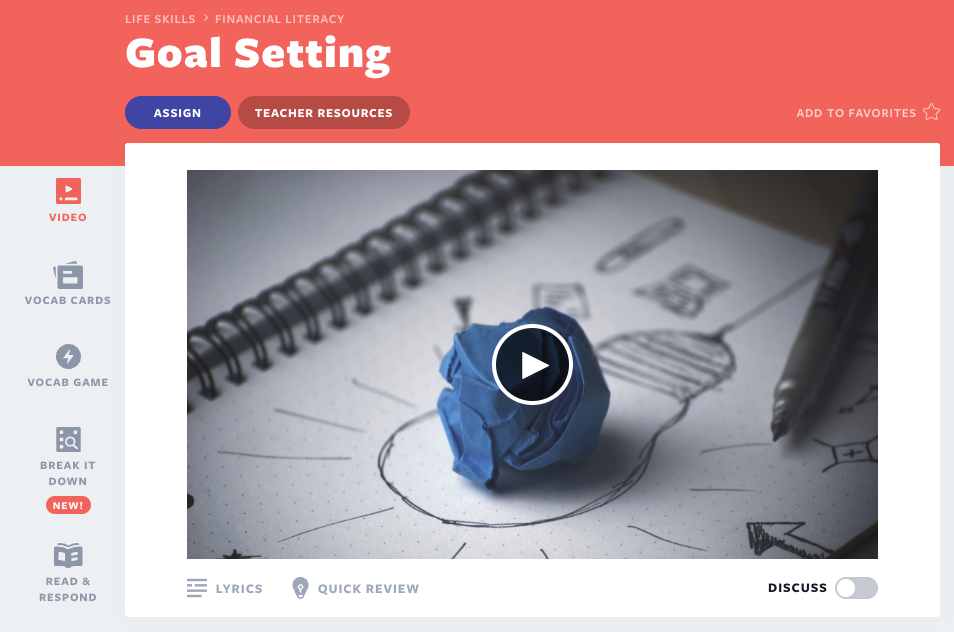
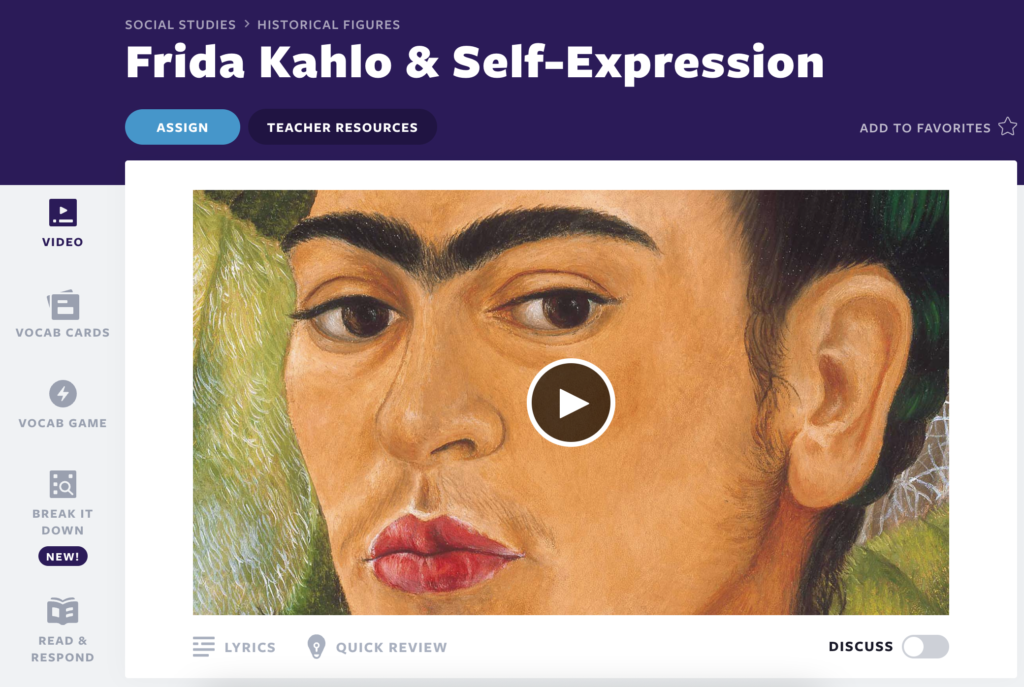
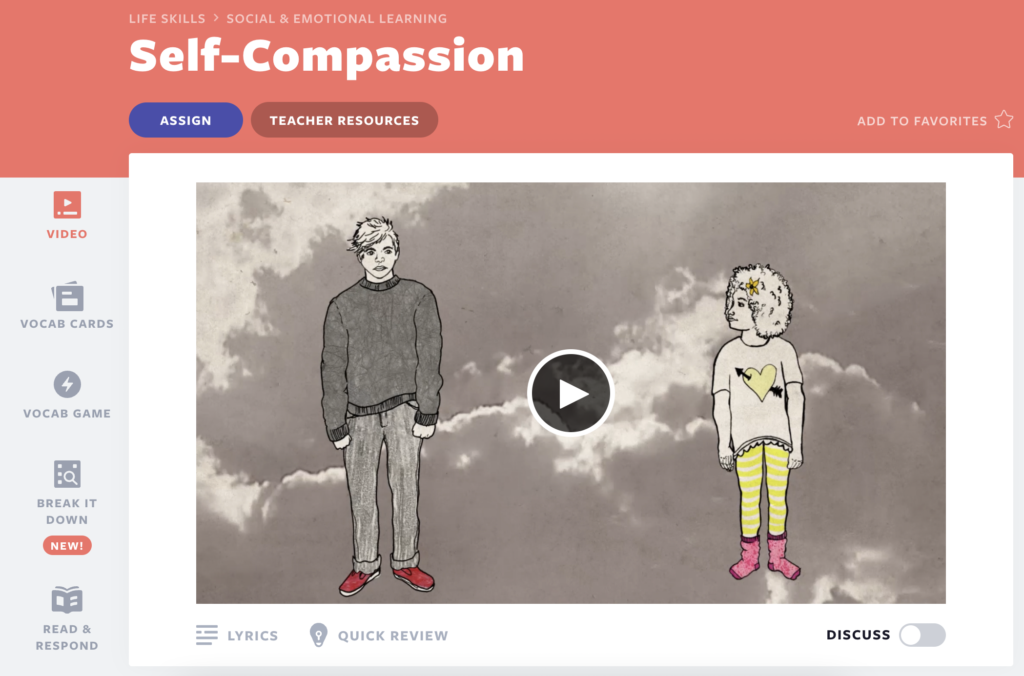
The kinesthetic intelligence component allows students to connect their minds and bodies, fostering bodily-kinesthetic awareness and coordination through dynamic hip-hop dance movements. Moreover, by exploring their knowledge of self, students enhance their intrapersonal intelligence, developing a deeper understanding of their own emotions, motivations, and goals. The pedagogical value of this approach lies in its ability to engage and motivate students by tapping into their passions and interests. It creates an inclusive and empowering learning environment that celebrates diversity and encourages mutual respect among peers. Furthermore, as students gain a better understanding of themselves, they become more confident and self-assured learners, leading to improved academic performance and overall well-being.
Implement Hip-Hop Pedagogy with Flocabulary
Because hip-hop is truly educational at its core, it was no surprise that its foundational elements mirror instructional best practices. Hip-Hop Pedagogy provides teachers with a framework that can enhance their effectiveness as educators and help build a positive classroom culture. Part of sustaining that culture is recognizing and accommodating how diverse your learners are. Howard Gardner’s Theory of Multiple Intelligences discusses the various strengths and weaknesses that students may display in their relationship with learning. It encourages teachers to present the information in multiple ways so that students can find meaning in the content and explore their strengths in different domains.
Make learning authentic with Flocabulary’s Lyric Lab
Now you may be thinking to yourself, “I see how beneficial this culturally responsive practice is, but hip-hop is not MY thing.” Don’t worry, we’ve got you covered. There are plenty of misrepresentations, stereotypes, and generalizations made about hip-hop based education and Flocabulary every day. You don’t need to turn your hat backward or put on a chain. We call that being a poseur, and not only is it culturally insensitive, it’s not necessary! You can show up exactly as you are. Forming an authentic connection based on a limited point of view is very difficult. Here at Flocabulary, we’re hip-hop experts, so you don’t have to be.
Hip-Hop Pedagogy is a dynamic educational approach that harnesses the power of hip-hop culture to engage students of all ages in learning. When it comes to songwriting for kids, this method provides an exciting platform for creative expression and critical thinking. Through the hip-hop songwriting process, kids learn not only how to write a song but also how to cultivate their unique voices.
What is Lyric Lab?
If you tune into our Rhyme & Rhythm lesson, you’ll get an in-depth look into how exactly we make hip-hop fun and accessible. Lyric Lab is a tool built within Flocabulary units that allow students to write their own academic rhymes. A vocabulary word bank of key terms covered in the lesson is provided, and as kids write lines for their raps, suggested rhyming words appear in the right column (super easy to get that AABB rhyme scheme). Songwriting for students couldn’t be any simpler! Lyric Lab also provides dozens of Flocab beats for students to choose from so they can perform. Your classroom is about to become a stage!
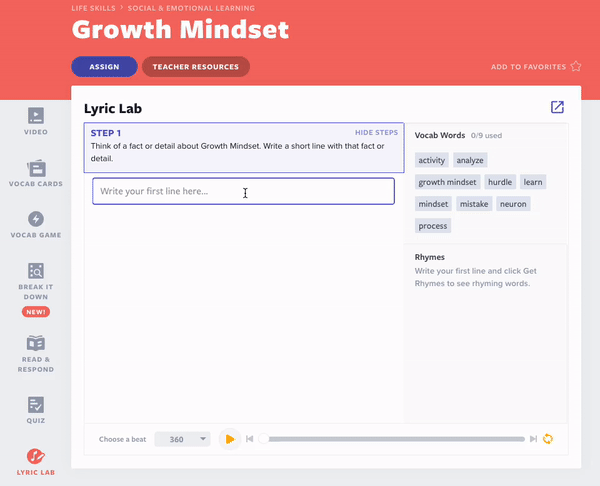
3 practical ways to implement educational songwriting for kids and teens using Lyric Lab
Songwriting for teens becomes an enriching experience, fostering collaboration and enhancing their communication skills. For students, songwriting offers a deeper exploration of self-expression, enabling them to craft original songs that reflect their experiences and perspectives. With Flocabulary, it can further enhance this learning experience by having students practice vocabulary and their writing skills. Lyric Lab empowers students to embrace their creativity and become active participants in their own education. These tips should not be limited to classes for creating music or musical ideas, as they can be used across the curriculum for core subjects.
1. W.R.A.P. up a unit
The time has come. You’re nearing the end of your unit, and you need to assess for student mastery. But you’re not worried, because your students are going to be “Writing Rhymes with Academic Purpose.” As the final step in the Flocabulary Lesson Sequence, Lyric Lab is the perfect way to see what students know in a much less intimidating and much more fun way! (Pro tip: It’s easier to write to a beat, so have students choose one before they dive in.)
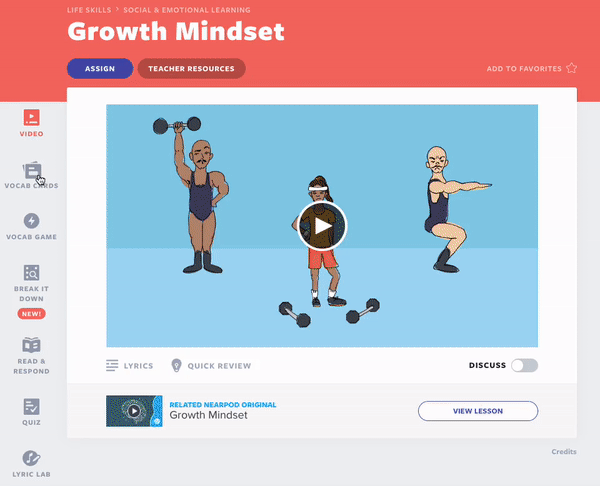
2. Station rotation
Students work collaboratively or independently in a timed station rotation inside of Lyric Lab. Incorporating small groups is an essential aspect of the instructional approach, and Lyric Lab provides an opportunity to increase student independence while keeping students engaged. It is also an effective means of reinforcing the day’s objectives.
2. Freestyle Friday
Poetry slams, rap performances, and cyphers are essential to hip-hop culture. Routinely having “Freestyle Fridays” will motivate students to stay engaged during the lesson sequence because they know this authentic form of assessment is coming up!
- Students may not be comfortable “rapping,” especially in front of an audience, but encouraging them to use Lyric Lab to write a poem can alleviate that nervousness. Poetry and rap go hand in hand. (Pro tip: Poetry typically elicits snaps instead of claps.)
- For individual rap performances, students would work inside of the platform using the guidelines set by their teacher. (Example: You must use 7 out of 9 vocabulary words.) Lyric Lab’s rhyme generator makes it easy!
- In its simplest form, a rap cypher is a collaborative music-making circle. Having students work as a whole class to create a rap surrounding a specific topic builds comradery and gets students excited about learning!
Incorporate hip-hop into the classroom with Flocabulary
Hip-hop transcends being a mere musical genre; it embodies an entire culture. Hip-Hop Pedagogy holds significant importance in education and beyond. It offers a transformative approach that recognizes and values the cultural capital of diverse learners, particularly those from historically marginalized communities. By leveraging the power of Lyric Lab as a teaching tool, educators can start to create culturally responsive learning environments that foster creativity, critical thinking, and self-expression. When we meet our students where they are, we create opportunities for them to thrive. Remember, Culture + Content = Connection.
New to Flocabulary? Sign up below to access the activities and lessons in this article!
